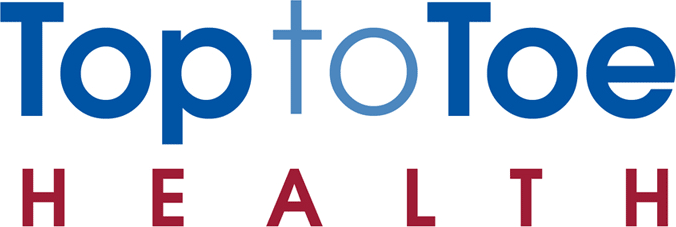HOW AN ACCREDITED EXERCISE PHYSIOLOGIST CAN HELP YOU THROUGH THE NDIS
What is the NDIS?
The National Disability Insurance Scheme (NDIS) provides support for Australians with a permanent and significant disability and their families and carers. It is designed to support people with disability to develop skills and capacity so they can participate in work and community life.
The NDIS is responsible for funding allied health and other therapy services related to a person’s disability – this includes Podiatry.
Why see a Podiatrist?
A podiatry can help address any concerns you have about your feet and their function. This includes problems with skin and nails, all the way to addressing your heel pain and foot pain.
Podiatrists can help people living with a disability to live healthier lifestyles, gain independence and participate at work and in the community.
Funding for podiatry can come from one of two budget areas in an NDIS plan:
- Capacity building – Improved Daily Living
- Capacity building – Improved Health and Wellbeing
If you have funds allocated to these categories, you can access these allied health support services. If your current budget is allocated to other categories and you’d like to receive allied health services, you can make changes at your next plan review.
NDIS services with a Podiatrist can be provided as:
- individual sessions
- via telehealth
Seeking the services of a Podiatrist is highly recommended for you as part of your NDIS plan if you are living with a disability and:
- the disability makes it hard to maintain good health and well-being
- you are at increased risk of developing or already have an existing condition that impairs your physical movement
- your management plan goals relate to moving independently, maintaining mobility, and/or building strength or fitness
Podiatrists can tailor their programs for people with disabilities that address critical needs, such as:
- improved daily living capabilities
- the ability to engage in the community, including social activities
- overall mobility
How to see an AEP through the NDIS:
1 – Start with your NDIS Plan Meeting with your NDIS planner – ensure that your requested support is ‘reasonable and necessary’ in order to be funded. This means making sure that your goals align with your support services.
Funding under the NDIS is based on evidence of need, your goals, and evidence for the effectiveness of a given treatment approach. Your treatment plan is your gateway to getting the support you need.
What is deemed ‘reasonable and necessary’?
The NDIS funds ‘reasonable and necessary supports’ relating to your disability to help you live an ordinary life and achieve your goals.
During your Plan meeting, your NDIS planner will gather information on what supports are reasonable and necessary for your situation by evaluating whether a support request is:
- related to your disability and support needs
- good value for money
- likely to be effective and beneficial to you.
Some examples that may be approved include:
- Support workers to help with personal care activities
- Therapeutic supports like behaviour support
- Aids and equipment
- Home modifications
- Mobility equipment.
2 – You’ll then need to find a Provider that provides the necessary services to help you achieve your goals. If you are agency-managed, you can find your local provider here. If you aren’t sure what services you are looking for or where to start, Support Coordinators and Local Area Coordinators can help connect you to the right services.
AEPs can provide a personalised therapy approach combined with a commitment to exceptional client care through the use of evidence-based and best practice methods to help optimise what is possible with your NDIS plan.
3 – Once you have selected an AEP in your area, make an appointment to meet with them. Your AEP will conduct a clinic-based assessment and develop an exercise plan tailored to your disability that will fit within your specific NDIS plan and goals.
The assessment will look at things like:
- How you move
- Your posture and balance
- Fitness and strength
- Respiratory and cardiovascular fitness
- Diet and lifestyle
- Current medications
- Any limiting factors such as physical disabilities, injuries, or pain.
The AEP will use this information to develop a program which might include group or private fitness sessions, exercises to practice at home or lifting weights. You may also be given diet, nutrition or lifestyle advice and be supported to make changes that will help you achieve your goals.
Things that your NDIS plan won’t cover
NDIS funding doesn’t cover general everyday living expenses that people without disability would be required to pay, such as train travel, rent, groceries, mobile phone, or movie tickets.
Every person is different so it’s important that you are prepared to demonstrate why a request should be deemed ‘fair and reasonable’ in your situation.
Click here to find an accredited exercise physiologist near you!
TAGS: disability, NDIS



 Kobe Creations
Kobe Creations